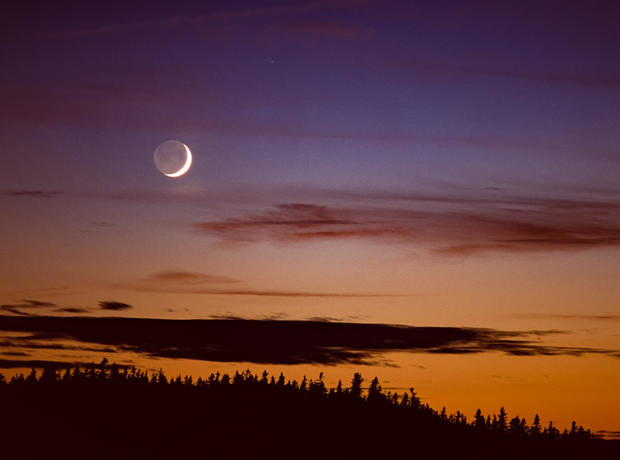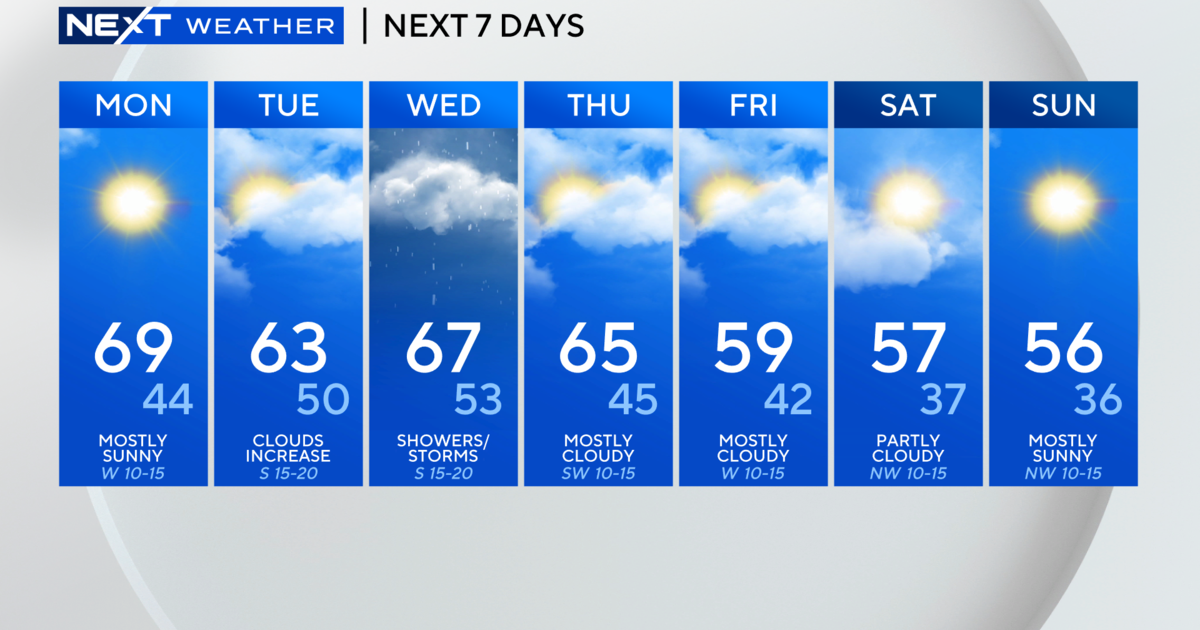How to see the "Da Vinci glow" illuminate the crescent moon this week
Those looking up at the night sky this week might spot a faint, ghostly glow illuminating the whole of the moon.
The phenomenon, known as the "Da Vinci glow," is named after the artist and inventor Leonardo Da Vinci. In addition to his artistic endeavors, the Renaissance-age creator set out to solve the mystery of what was once known as "Earthshine," according to NASA.
The celestial event is visible only when there's a crescent moon on the horizon at sunrise or sunset. During the phenomenon, the crescent part of the moon glows brightly, and the dark side of the moon is visible as an overcast. The glow is not due to the moon illuminating itself. It is created by planet Earth, whose light can illuminate the night sky 50 times more brightly than that of a full moon, NASA says.
How did Leonardo Da Vinci find out what caused the glow?
In the 16th century, Da Vinci set out to solve the mystery of that ghostly luminescence, NASA said. A drawing he made appearing to show the phenomenon was found in his notebooks and commemorated in the "Codex Leicester," a collection of Da Vinci's scientific writings.
Da Vinci, like his contemporaries, was working with an incomplete understanding of the solar system. According to NASA, the theory that the sun was at the center of the solar system wouldn't be published for another two decades, and, of course, no one had yet traveled to the moon. As a result, there wasn't much knowledge about the sun's proximity to the Earth.
According to NASA, there is a page in the "Codex Leicester" titled "Of the Moon: No Solid Body is Lighter Than Air." In the entry, Da Vinci noted several ideas, including a theory that the moon has an atmosphere and oceans. He was correct on the first point, though NASA missions have debunked the latter one. Da Vinci also wrote that the moon served as a reflector of light.
Using this information, he offered a hypothesis: the ghostly glow of Earthshine was due to sunlight bouncing off the Earth's oceans and hitting the moon.
According to NASA, Da Vinci was right about the broad strokes of the phenomenon. Later research would find that it wasn't the light reflecting off Earth's oceans that caused the glow, though. Instead, the primary source was light reflected off clouds.
How can I see the Da Vinci glow?
According to Live Science, it's only possible to see the glow when a slim crescent moon is visible close to the horizon during the first or last few days of the moon's orbit. That is happening this week, making Thursday morning, May 17, before sunrise a good time to try to see the phenomenon.
The best days to see it after sunset are next week on Sunday, May 21; Monday, May 22; and Tuesday, May 23, Live Science said. Try looking at the sky in the hour following sunset.
In general, Earthshine is brightest between April and June, NASA said.
Spotting the glow doesn't require special equipment. In fact, it's best seen with the unaided eye. A small telescope or pair of binoculars can help but they aren't necessary.






